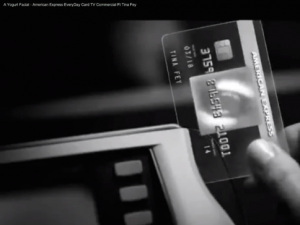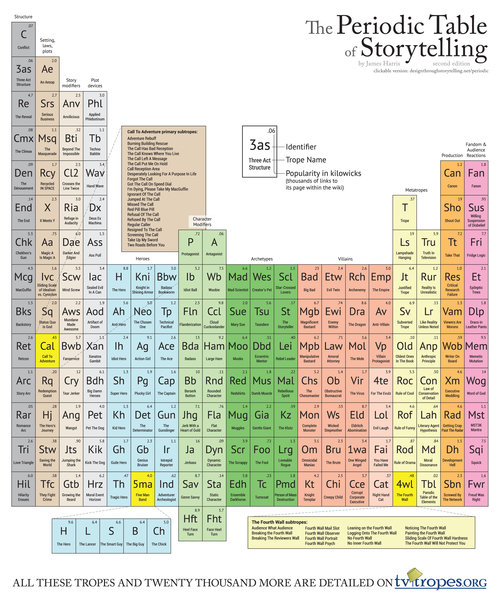 I will warn you this post has little to do with higher education and more to do with something that has been annoying me. I would like to tell you it is something really important to world peace, betterment of mankind, or even something witty. Nope. It is about credit card commercials and the close-up shot of their card being swiped by a customer.
I will warn you this post has little to do with higher education and more to do with something that has been annoying me. I would like to tell you it is something really important to world peace, betterment of mankind, or even something witty. Nope. It is about credit card commercials and the close-up shot of their card being swiped by a customer.
It’s backwards! The card is scanned so the logo of the credit card is visible, but when it is swiped this way, the magnetic strip is not going through the credit card machine. It started with Chase Freedom. I am a Chase customer and it drove me crazy every time I watched the commercials. Now, Tina Fey is doing it with her AmEx! While I am a loyal customer of American Express, I shudder when I am forced to watch this atrocity happen over and over again in their #EveryDayMoments campaign.
So what is the deal? Do they think we don’t care? Truth is, my guess is that the general public doesn’t care. Is it vanity? Is their name so important that if we didn’t see their logo we would not believe the message? Is this tactic designed to inspire me to leave my comfy spot on the couch to go shopping with my American Express card? Not today, AmEx.
Enough of this rant. By the way, Disaronno, stop spinning the square lid on your Amaretto bottle clockwise to remove it. Guess no one ever told their advertising agency about leftie loosie, rightie tightie.

